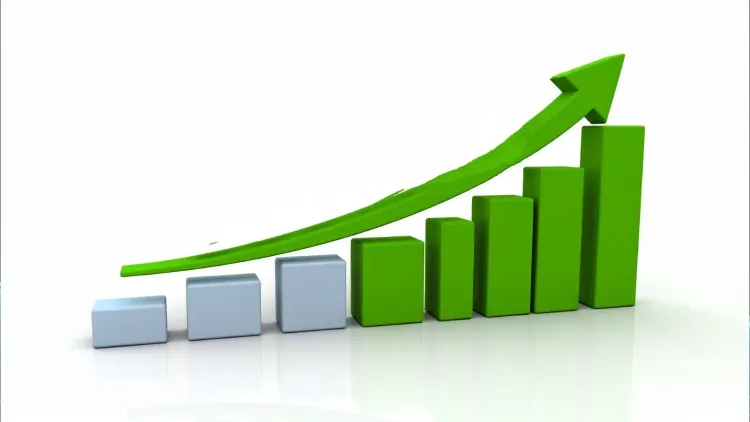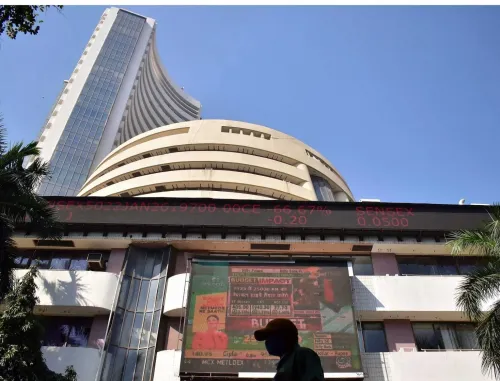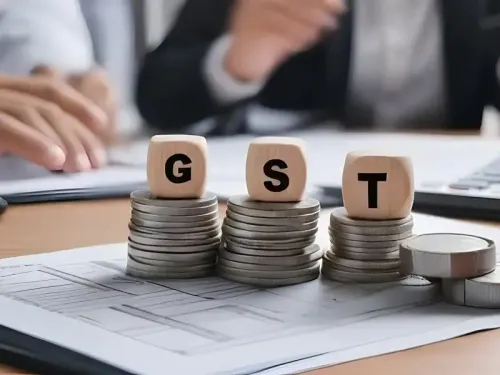How Will Annual Additional Spending of Companies Reach $1.2 Trillion Amid US Tariffs?

Synopsis
Key Takeaways
- The projected increase in corporate expenses due to tariffs is $1.2 trillion.
- Consumers are expected to bear most of this cost through higher prices.
- Wage growth and rising energy costs are major contributing factors.
- Corporate profit margins are under significant pressure.
- Discussions about the burden of tariffs are ongoing among analysts.
New Delhi, Oct 20 (NationPress) A report indicates that tariffs imposed by US President Donald Trump are anticipated to significantly drive up corporate costs by $1.2 trillion this year. This increase is attributed to a combination of factors including wage growth, rising energy prices, and escalating capital investments in artificial intelligence. As a result, consumers are facing higher prices as companies pass on these costs through increased product pricing, according to insights from S&P Global.
S&P has adjusted its expense projections released in January based on an evaluation of nearly 9,000 publicly traded companies. The updated forecast suggests that total corporate expenditures will reach $53 trillion for the year, as per the report’s findings.
The ratings agency noted that this economic shock has considerably dampened expectations for global corporate margins, with analysts from major retailers such as Walmart, Amazon, and Costco estimating a collective loss of $907 billion in profits.
Out of this lost profit, approximately two-thirds, amounting to $592 billion, is being transferred to consumers through price increases, while the remaining $315 billion has adversely affected corporate earnings.
The research also highlighted an additional expense burden of $155 billion for “uncovered public firms” and $123 billion for private equity- and venture capital-backed companies, culminating in the total incremental cost of $1.2 trillion.
Moreover, the report pointed out that the tariffs have caused a reduction in real output due to decreased production levels.
A discussion has emerged in the US regarding the impact of these tariff-induced price increases. Fed Governor Christopher Waller, appointed by President Trump, mentioned that the inflationary effects of tariffs have been limited, predominantly affecting higher-income households. However, other analysts contend that the greatest burden falls on lower- and middle-income families.
Earlier this month, President Trump criticized China’s export control actions and hinted at canceling a planned meeting with Chinese President Xi Jinping. He also unveiled intentions to impose a further 100 percent tariff on Chinese products starting from November 1, though he later moderated his stance, describing the tariffs as unsustainable.









